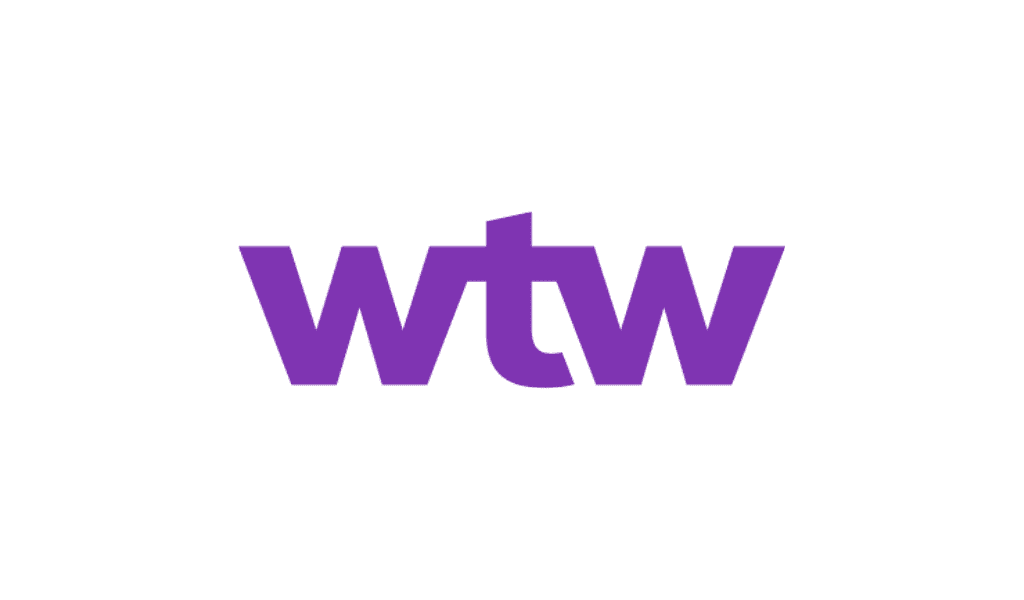Care.com’s recent 2024 Future of Benefits Report, which comprises survey results of both 620 C-suite executives and HR leaders and 1,000 benefits-eligible employees, finds that family care benefits—like senior care and childcare—is the common ground meeting the needs of both cohorts. From supporting a multigenerational workforce, to helping manage the financial burden of caregiving, to driving productivity regardless of work location, care benefits play a central role. As a result, 56% of the employer respondents are prioritizing childcare benefits and 50% are focusing on senior care benefits in 2024.
Employee respondents across all four generations in the workforce—Gen Z, millennials, Gen X, and baby boomers—report they have caregiving responsibilities for children, grandchildren, pets, or seniors, and one in five (20%) say they have previously left a job because their employer didn’t provide family care benefits.
The demand for these benefits has defied generational stereotypes, according to the report. The percentage of employee respondents caring for seniors is nearly uniform across generations and 21% of employee respondents say they’d switch jobs to obtain senior care benefits.
The soaring cost of care has employees looking for financially related care benefits through work and this is an area where employers can deliver meaningful impact. Among family care benefits they would want to receive if they could only have one, respondents choose those that would mitigate the cost of care—Dependent Care Flexible Spending Accounts (FSAs) and cash subsidies for care, which rank first and second, respectively. These benefits rank among the top four family care benefits among employers.
Additionally, 30% of employee respondents rank cash subsidies for care as the top family care benefit, they do not currently have but would use if available. For employees who have access to childcare or senior care benefits, respondents reveal major savings, reporting an average out-of-pocket savings of $2,727 for childcare and $2,909 for senior care.
As more employers ask workers to return to offices and worksites—as 89% of employers surveyed indicate they are—the majority striving for a return to office are providing benefits to support the transition. Childcare and senior care benefits rank in the top three for employer respondents (55% and 47%, respectively), which correlates to worker needs.
Nearly half (48%) of employee respondents report that childcare benefits are highly critical for them to return to the office successfully, with 43% responding similarly for senior care benefits.
Most HR leader respondents agree that care benefits help meet their objectives, reporting that both childcare and senior care benefits have a positive impact on employee productivity (82% and 78%, respectively). In fact, employers rank childcare and senior care among the top benefits they are prioritizing in 2024, with 56% prioritizing childcare benefits (up from 46% in 2023) and 50% prioritizing senior care (up from 43% in 2023).















